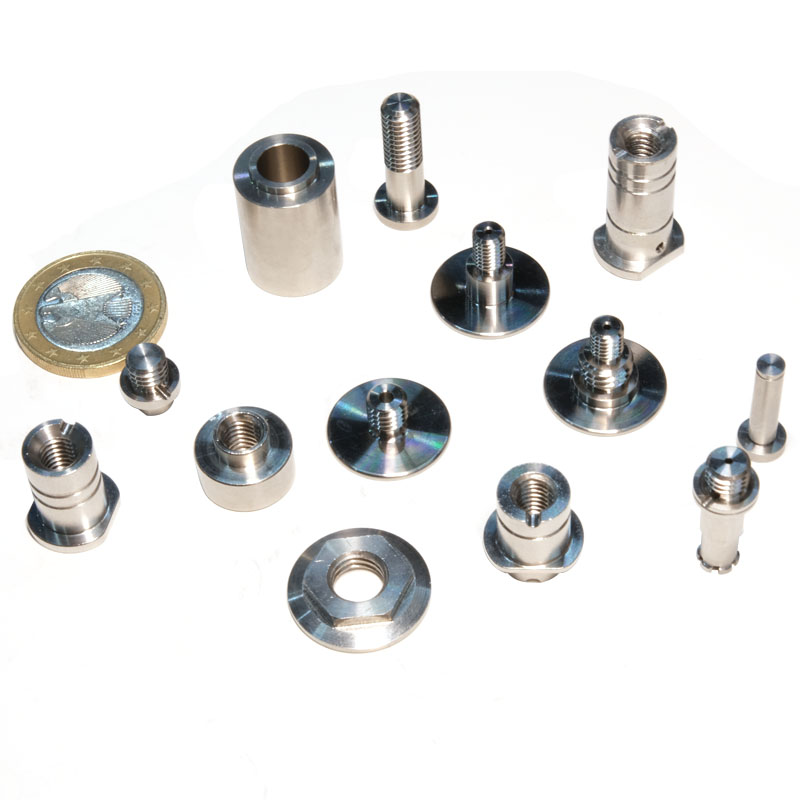Understanding Sensor Housing and Enclosure: Key to Protecting Your Sensors
2025-02-17
In the world of electronics, sensors play a crucial role in gathering data from the surrounding environment. Whether used in industrial, automotive, or consumer applications, these sensors are vital for measuring various parameters like temperature, pressure, humidity, and motion. However, the performance of sensors can be compromised if they aren’t properly protected. This is where sensor housing and enclosures come into play. These protective structures ensure that sensors remain safe from environmental factors and continue to function optimally. In this blog, we’ll explore what sensor housing and enclosures are, why they’re essential, and the factors to consider when choosing one.
What is Sensor Housing and Enclosure?
Sensor housing and enclosures are protective casings designed to shield sensors from external elements such as dust, moisture, and physical damage. They ensure that the sensors remain accurate, durable, and reliable throughout their lifespan. These enclosures are typically made from materials like plastic, metal, or composites and are engineered to meet the specific environmental conditions the sensor will be exposed to.
In addition to providing protection, sensor enclosures can also offer mechanical support, allowing for easier integration into various systems. Depending on the application, sensor housings can be designed to be weatherproof, waterproof, or resistant to extreme temperatures, making them suitable for a wide range of industries and environments.
Why Sensor Housing and Enclosures Are Important
1. Protection from Environmental Factors:
One of the main reasons for using a sensor housing is to protect the sensor from harsh environmental conditions. Many sensors are sensitive to dust, moisture, and temperature changes. Enclosures help to prevent these factors from interfering with the sensor’s functionality, ensuring accurate readings and preventing premature failure.
2. Enhanced Durability:
In industrial environments, sensors may be exposed to physical impact, chemicals, or high vibration levels. A robust enclosure provides the necessary protection to ensure that the sensor continues to operate smoothly even under challenging conditions.
3. Improved Performance:
By protecting the sensor from external factors, enclosures help maintain the sensor's accuracy and longevity. For example, humidity-resistant housings ensure that moisture doesn’t interfere with the sensor’s electrical components, while heat-resistant enclosures protect sensors from high temperatures.
4. Compliance with Standards:
Depending on the industry and location, sensors often need to meet specific standards related to safety, protection, and durability. Enclosures can be designed to meet these standards, ensuring the sensor operates within the required specifications.
Types of Sensor Housing and Enclosures
1. Weatherproof Enclosures:
These housings protect sensors from various weather conditions, including rain, snow, and wind. They are commonly used in outdoor applications, such as environmental monitoring or weather stations.
2. Waterproof Enclosures:
Designed to keep water out, waterproof enclosures are ideal for sensors used in submerged or high-humidity environments, such as marine or underwater applications.
3. Explosion-Proof Enclosures:
These enclosures are designed to protect sensors used in hazardous environments, such as oil rigs or chemical plants, where the presence of flammable gases or vapors could cause explosions.
4. Thermal Protection Enclosures:
These enclosures are designed to protect sensors from extreme heat or cold. They are commonly used in high-temperature industrial settings or in outdoor environments where temperatures can vary dramatically.
Considerations When Choosing Sensor Housing and Enclosures
When selecting a sensor housing or enclosure, consider the following factors to ensure the best fit for your application:
- Material: The material of the housing will impact its ability to resist environmental conditions, including corrosion, temperature extremes, and physical impacts.
- Size and Shape: Choose an enclosure that accommodates the sensor's dimensions while allowing for optimal airflow and heat dissipation if needed.
- IP Rating: The Ingress Protection (IP) rating indicates the level of protection against dust and water. Higher IP ratings are necessary for harsher environments.
- Mounting Options: Ensure the enclosure allows for easy installation and integration with your system.
- Cost vs. Performance: While some specialized enclosures may be more expensive, investing in a higher-quality housing could save you on repairs and replacements in the long term.
Sensor housing and enclosures are essential for protecting sensors in a wide range of applications, ensuring their reliability and performance in diverse environments. By choosing the right type of enclosure, you can extend the lifespan of your sensors, prevent damage, and maintain consistent performance over time. Whether you’re working with industrial, automotive, or consumer sensors, understanding the importance of housing and enclosures is crucial for ensuring optimal sensor functionality.



